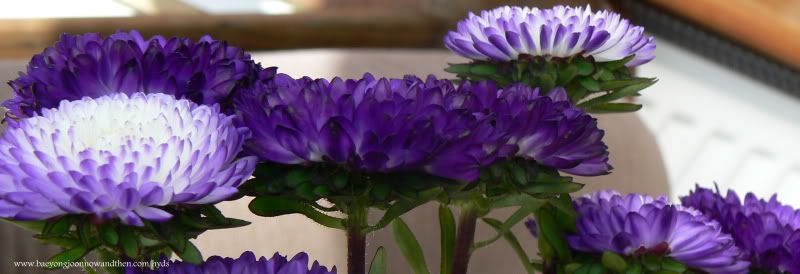I know..I will be signing off in a few moments. I have been waiting for this so would like to share this with you.
His video message - original : free from byjfan
Japanese to Chinese : 青衿女/baidu
Lifted from Zoom on Bae Yong Joon by Jaime

Congratulations on the 30th anniversary of Jingu-Gaien Hanabi. I heard that every year there is a large audience to view this hanabi. I also hope someday I can attend this with everyone.
At the present moment, I am writing a book introducing Korean traditional culture. In September, I plan to bring this book and the anime 'Winter Sonata' to visit Japan. I hope to meet everyone again with healthy image.

Please enjoy the hanabi today. Hope everyone will be as joyous as this hanabi, thank you very much!
**** ***************************************
A bit of information on this fireworks display.
History
The origin of fireworks is said to be from signal fires in China. The history of fireworks of Japan started in 1549, when guns and gunpowder were introduced by Lusitanians.It was recorded that Tokugawa Ieyasu, the first Shogun of the Edo Government saw fireworks from the Edo castle.
As fireworks manufacturers had improved their skills during the Edo period (1604-1868), fireworks became summer entertainment for the public by the 18th century. The Sumida River Fireworks Festival, one of the oldest fireworks shows in Japana was set up as annual summer event by the eighth shogun, Tokugwa Yoshimune in 1733. The event was prepared to dispel evil spirits and comfort the souls of the dead ,as the previous year saw epidemics in Edo (current Tokyo) and a nationwide famine which killed about one million people.
In the Meiji-period (1868 ~1912), Japanese fireworks makers used imported chemicals for creating fireworks and were constantly improving their technique. As a result, Japanese fireworks became as colorful and sparkling as they are now.
With 340-year history, Kagi-ya is the oldest fireworks factory in existence in Japan. Kagi-ya allowed the salesclerk early 19th century to set up his own firework factory called Tama-ya,but Tama-ya was forced to close its business because a big fire destroyed the factory. Even now the onlookers often shout “Tama-ya” as well as “Kagi-ya” in place of applause.
The Japanese and Hanabi
Why do the Japanese see and love the fireworks displays ?
National love for the events is quite understandable when you consider the character of the Japanese.
The mid-summer evening big fireworks shows suit the taste of the Japanese. We cherish short-lived beauty, such as that of cherry blossoms in spring, which are at their best for only a couple of days. The enjoyment of fireworks is along the same line. Source: NIC Japanese.com

